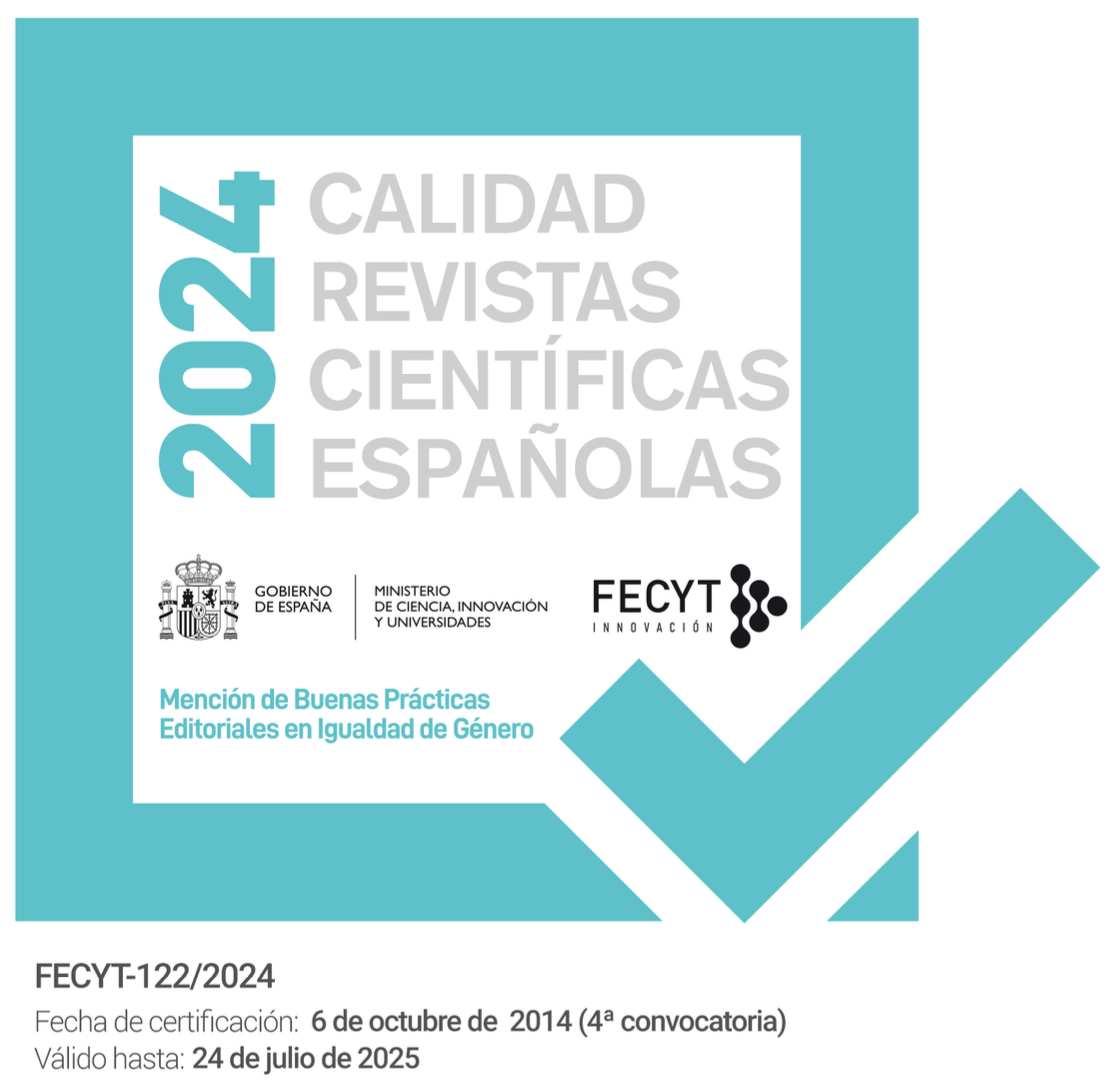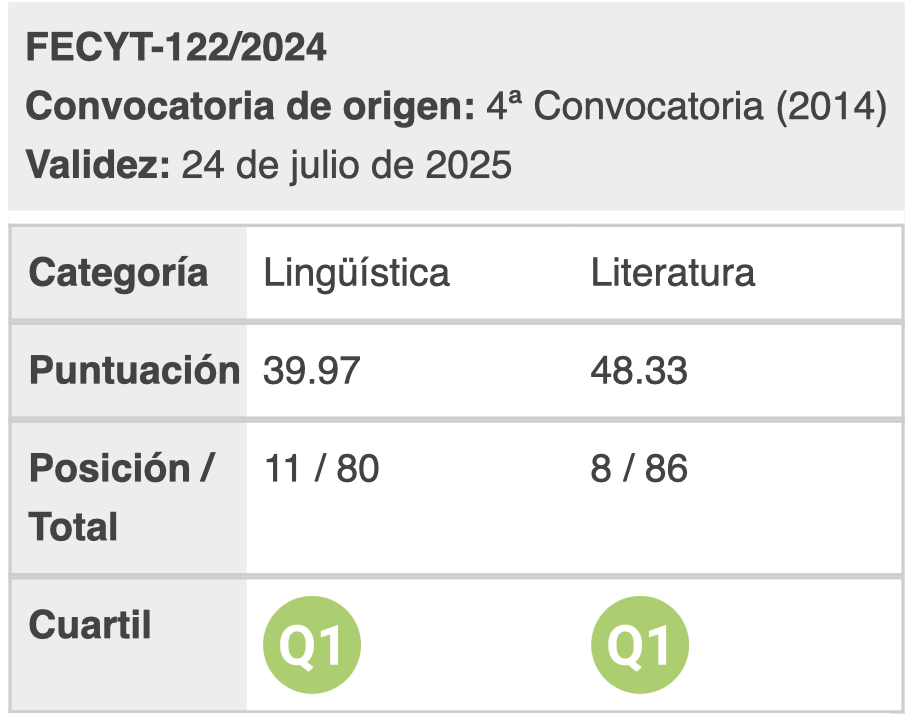A Role and Reference Grammar Account of Adjuncts in the Airbus Corpus: A Quantitative-Based Study
DOI:
https://doi.org/10.28914/Atlantis-2022-44.2.02Abstract
This paper presents the results of a quantitative study of adjuncts in the Airbus corpus carried out within the theoretical framework of Role and Reference Grammar (RRG). We describe the positional behaviour of these peripheral constituents in the Layered Structure of the Clause and postulate scales of positional and peripheral preferences, based on frequency distribution, in the Airbus controlled natural language (CNL). The results obtained were compared with a previous study on adjunct preferences and positions in Natural English to check for changes in these scales due to the nature of the texts written in this CNL. We also aim to contribute to the development of the RRG analysis of adverbials by offering a detailed semantic typology and a description of the syntax of these peripheral constituents grounded in empirical and quantitatively based data that will serve as a basis for the parsing of adverbials in the computational processing of CNLs.
Downloads
Metrics
References
Aerospace and Defence Industries Association of Europe. 2017. ASD-STE Simplified Technical English Specification STE-100. International Specification for the Preparation of Technical Documentation in a Controlled Language. Issue 7. Brussels.
Anthony, Laurence, comp. 2019. AntConc (version 3.5.9). Tokyo: Waseda University.
Blecua, José Manuel et al., eds. 1999. Filología e informática. Nuevas tecnologías en los estudios filológicos. Barcelona: Milenio and Universidad Autónoma de Barcelona.
Cortés Rodríguez, Francisco J. and Carolina Rodríguez-Juárez. 2019. “The syntactic parsing of ASD-STE100 adverbials in ARTEMIS.” Revista de Lingüística y Lenguas Aplicadas 14 (1): 59-79.
—. (In press). “Computational Analysis of Adjuncts in ASD-STE100 for the NLP Parser ARTEMIS.” Vigo International Journal of Applied Linguistics (VIAL).
Díaz-Jorge, Victoria. 2017. “Adjuncts in Role and Reference Grammar: The Peripheries.” BA thesis, University of La Laguna.
Dik, Simon C. 1997a. The Theory of Functional Grammar. Part 1: The Structure of the Clause. In Hengeveld (series editor) 1997.
—. 1997b. The Theory of Functional Grammar. Part 2: Complex and Derived Constructions. In Hengeveld (series editor) 1997.
Downing, Angela and Philip Locke. 1992. A University Course in English Grammar. London: Prentice Hall.
Felices-Lago, Ángel and Ángela Alameda-Hernández. 2017. “The Process of Building the Upper-level Hierarchy for the Aircraft Structure Ontology to Be Integrated in FunGramKB.” Revista de Lenguas para Fines Específicos 23 (2): 86-110.
Fumero Pérez, Mª Carmen and Ana Díaz-Galán. 2019. “Designing the Lexical Rules for the Parsing of ASD-STE100 Function Words in Artemis from a Role and Reference Grammar Perspective.” Journal of English Studies 17: 149-74.
García Ferrando, Manuel. 1985. Introducción a la estadística en sociología. Madrid: Alianza Universidad.
Hengeveld, Kees, ed. 1997. The Theory of Functional Grammar. 2 vols. Berlin: De Gruyter.
— and J. Lachlan Mackenzie. 2008. Functional Discourse Grammar: A Typologically-Based Theory of Language Structure. Oxford: Oxford UP.
Hengeveld, Kees et al. 2019. “Perception Verbs in Brazilian Portuguese: A Functional Approach.” Open Linguistics 5: 268-310.
Huddleston, Rodney and Geoffrey K. Pullum. 2002. The Cambridge Grammar of the English Language. Cambridge: Cambridge UP.
Kuhn, Tobias. 2014. “A Survey and Classification of Controlled Natural Languages.” Computational Linguistics 40 (1): 121-70.
Martín-Díaz, Mª Auxiliadora and Marta González-Orta. 2020. “Clausal Arguments and Peripheries in ASD-STE100: The Parsing of Subordination in ARTEMIS.” Revista Electrónica de Lingüística Aplicada 19 (1): 1-23.
Neuber, Keith A. 1980. Needs Assessment. A Model for Community Planning. Newbury Park: SAGE.
Nolan, Brian and Elke Diedrichsen, eds. 2013. Linking Constructions into Functional Linguistics: The Role of Constructions in Grammar. Amsterdam and Philadelphia: John Benjamins.
— and Carlos Periñán-Pascual, eds. 2014. Language Processing and Grammars: The Role of Functionally Oriented Computational Models. Amsterdam and Philadelphia: John Benjamins.
Periñán-Pascual, Carlos. 2012. “En defensa del procesamiento del lenguaje natural fundamentado en la lingüística teórica.” Onomázein 26: 13-48.
—. 2013. “A Knowledge-Engineering Approach to the Cognitive Categorization of Lexical Meaning.” VIAL: Vigo International Journal of Applied Linguistics 10: 85-104.
— and Francisco Arcas-Túnez. 2014. “The Implementation of the FunGramKB CLS Constructor.” In Nolan and Periñán-Pascual 2014, 165-96.
Quirk, Randolph et al. 1985. A Comprehensive Grammar of the English Language. New York: Longman.
Ruiz de Mendoza, Francisco. 2013. “Meaning Construction, Meaning Interpretation and Formal Expression in the Lexical Constructional Model.” In Nolan and Diedrichsen 2013, 231-70.
— and Alicia Galera Masegosa. 2014. Cognitive Modeling. A Linguistic Perspective. Amsterdam and Philadelphia: John Benjamins.
Spaggiari, Laurent, Florence Beaujard and Emmanuelle Canneson. 2005. “A Controlled Language at Airbus.” Lingusitcae Investigationes 28 (1): 107-22.
Van Valin, Robert D. 2005. Exploring the Syntax-Semantics Interface. Cambridge: Cambridge UP.
— and Randy J. LaPolla. 1997. Syntax. Structure, Meaning and Function. Cambridge: Cambridge UP.
Downloads
Published
How to Cite
Issue
Section
Most read articles by the same author(s)
- Carolina Rodríguez-Juárez, Accounting for the Alternating Behaviour of Location Arguments from the Perspective of Role and Reference Grammar , Atlantis. Journal of the Spanish Association for Anglo-American Studies: 2017: Vol. 39, Num. 2








